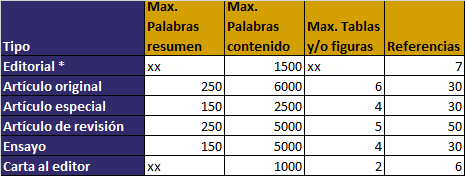Neuromarketing and purchase decision in young people from Junin region
DOI:
https://doi.org/10.37711/desafios.2020.11.1.142Keywords:
Humans, Adolescent, Young Adult, Adult, Linear Models, Incidence, Attention, Memory, Surveys and Questionnaires, Emotions, Neuromarketing, purchase decisionAbstract
Objective. To determine the influence of neuromarketing on the purchase decision in young people from Junin region. Methods. Meta-analysis, analytical-synthetic and inductive-deductive methods were used. Survey was used as a technique, and a questionnaire was the instrument. The study had a quantitative approach, basic type, correlational and explanatory level, explanatory design. Population was made up of young people between 18 and 24 years old from the Junin region. Sample comprised 360 participants. Results. Kendall's Tau-b correlation coefficient was 0.260 and the p-value was 0. Therefore, the coefficient of determination of the linear regression model was 0.308. It does not show causality between the variables. In this sense, it is concluded that the neuromarketing attention dimension was the one that had the greatest relative impact on the purchase decision, with a determination coefficient equal to 0.412. The emotion factor had the least impact on the purchase decision with a coefficient of 0.028. And the memory dimension had a moderate impact on purchases with an adjusted R table of 0.265. Conclusion. There is a significant relationship between both variables, with an incidence causal rate between neuromarketing and purchase decision.
Downloads
Downloads
Published
How to Cite
Issue
Section
License
Copyright (c) 2021 Desafios

This work is licensed under a Creative Commons Attribution 4.0 International License.




























